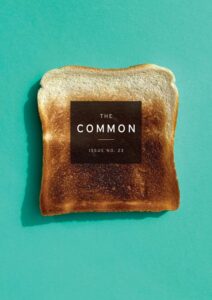By NALINI JONES
for Cliff and Pete
Somewhere in the attic I have letters from Bud, typed on a real typewriter and sent to me when I was in high school and college. The letters chronicle the adventures of his terrier and on occasion were written in the dog’s voice. The dog used to wait for his chance—when the man was sleeping or when he took up his guitar in a corner of a room with a bottle and some cigarettes, maybe the beginnings of a tune. Then the dog would leap to the typewriter and start tapping the keys with small white paws.









